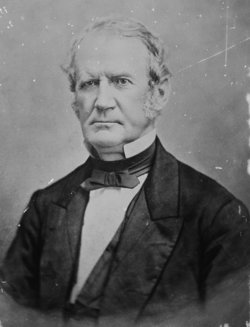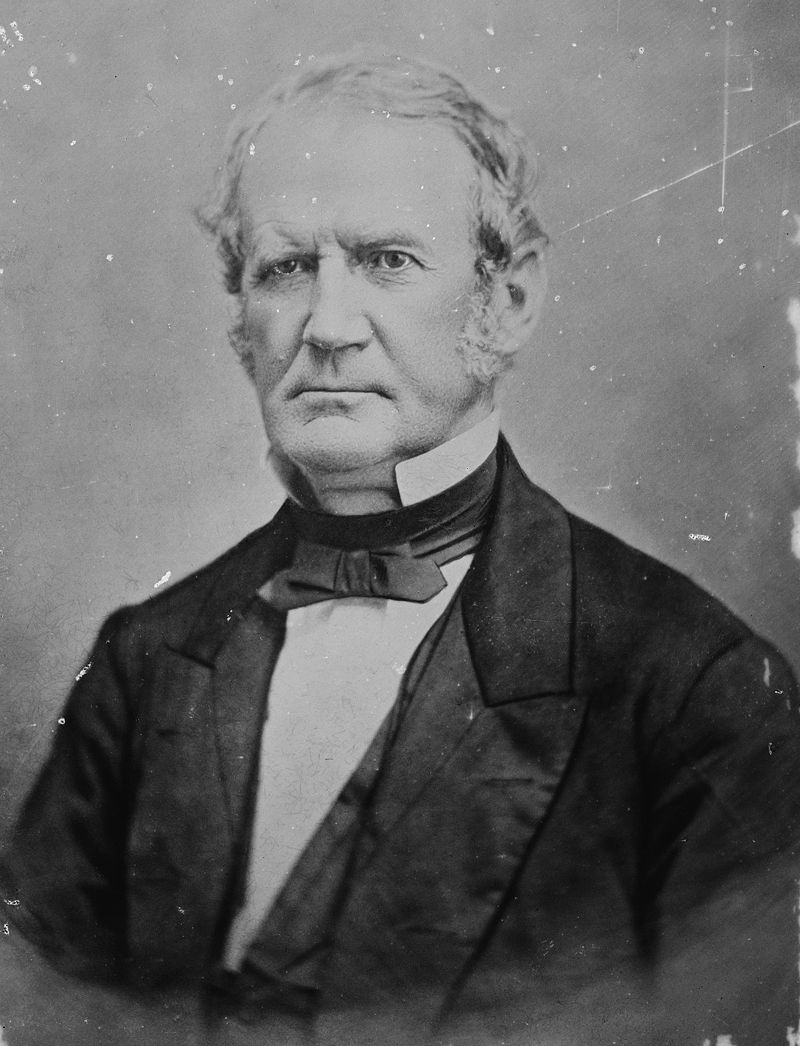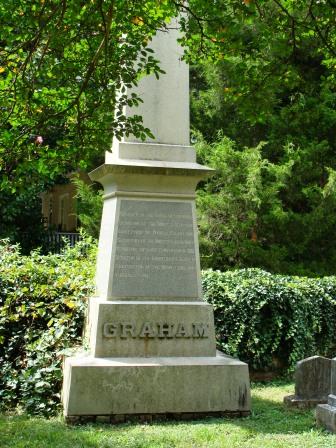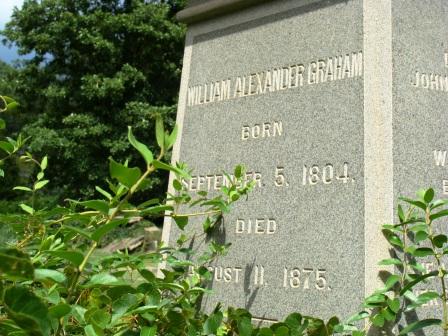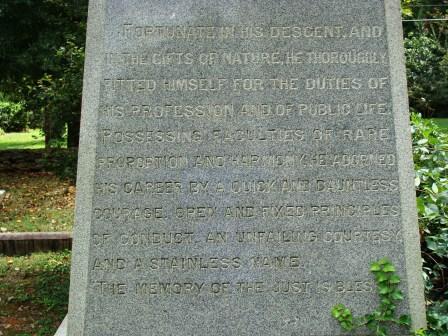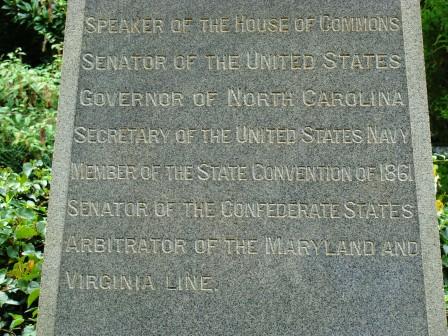Bio by: Linda Davis
Inscription
[On the west face of the obelisk:]
William Alexander Graham
Born
September 5, 1804
Died
August 11, 1875.
[On the east face of the obelisk:]
Speaker of the House of Commons
Senator of the United States
Governor of North Carolina
Secretary of the United States Navy
Member of the State Convention of 1861
Senator of the Confederate States
Arbitrator of the Maryland and Virginia Line.
[On the north face of the obelisk:]
Fortunate in his descent and
in the gifts of nature, he thoroughly
fitted himself for the duties of
his profession and of public life.
Possessing faculties of rare
proportion and harmony, he adorned
his career by a quick and dauntless
courage, open and fixed principles
of conduct, an unfailing courtesy,
and a stainless name.
"The memory of the just is blessed."
[The south face of the edifice contains an inscription in memory of Susan Graham, William Graham's wife.]
Family Members
-
![]()
Polly Graham
1788–1801
-
![]()
John Davidson Graham
1789–1847
-
![]()
Sophia Graham Witherspoon
1791–1865
-
![]()
James Graham
1793–1851
-
![]()
Dr George Franklin Graham
1794–1827
-
![]()
Violet Wilson Winslow Graham Alexander
1799–1868
-
![]()
Robert Montrose Graham
1799–1821
-
![]()
Mary Eugenia Graham Morrison
1801–1864
-
![]()
Alfred Graham
1803–1835
-
![]()
Isabella Graham
1806–1807
-
![]()
Dr Joseph Graham
1837–1907
-
![]()
Maj John Washington Graham
1838–1928
-
![]()
Maj William Alexander Graham Jr
1839–1923
-
![]()
Capt James Augustus Graham Sr
1841–1909
-
![]()
Capt Robert Davidson Graham
1843–1905
-
![]()
Dr George Washington Graham
1847–1923
-
![]()
Judge Augustus Washington Graham
1849–1936
-
![]()
Susan Washington Graham Clark
1851–1909
-
![]()
Alfred Octavius Graham
1853–1854
-
![]()
Eugene Berrien Graham
1858–1863
Advertisement
See more Graham memorials in:
Advertisement
